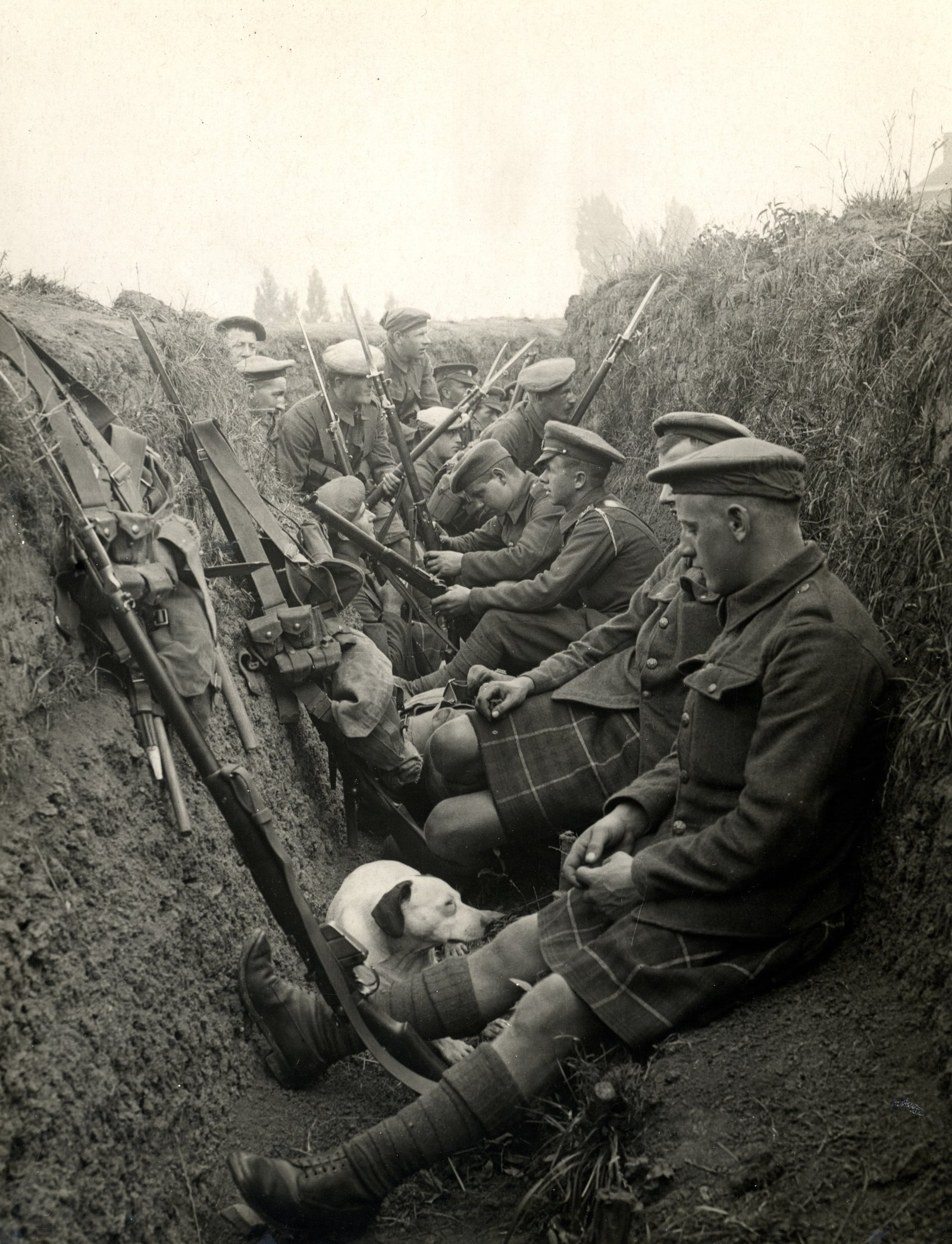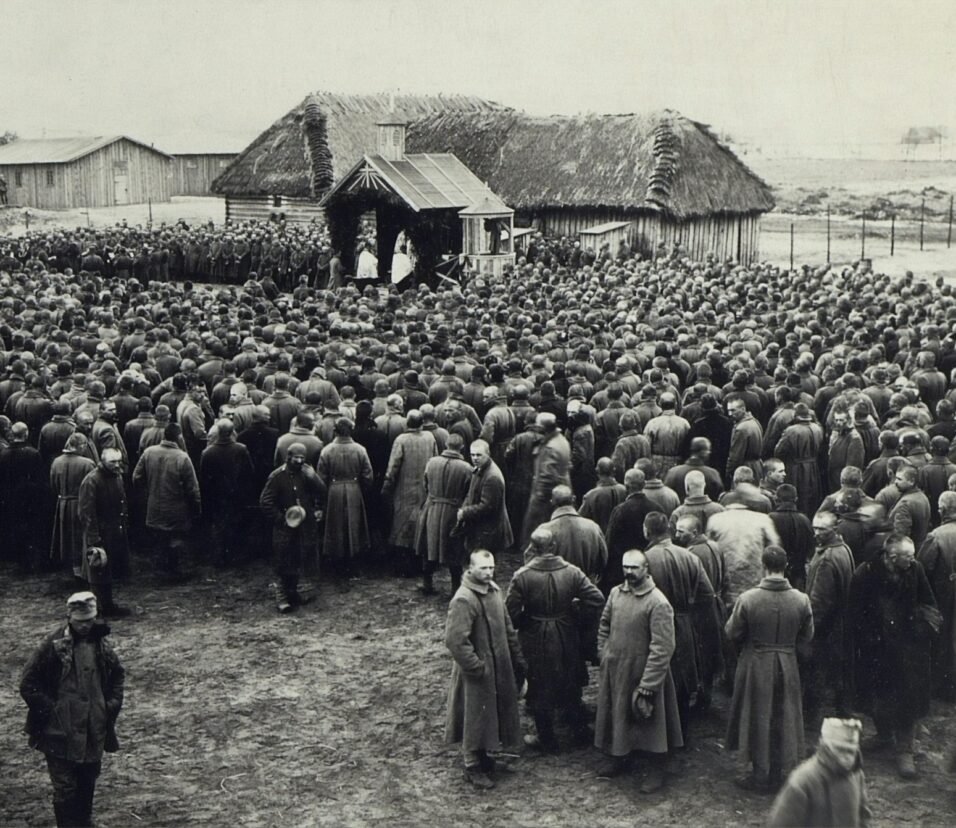Introduction
The Cold War, spanning roughly from 1947 to 1991, was a period of intense geopolitical tension between the two superpowers of the world: the United States (U.S.) and the Soviet Union (USSR). Unlike traditional wars, the Cold War was not primarily characterized by physical confrontations. Instead, it manifested through proxy wars, nuclear arms races, espionage, propaganda, and ideological battles. Here’s a comprehensive timeline detailing pivotal moments of this era.
1945-1950: Origins and Initial Confrontations
- 1945: World War II ends, leaving the U.S. and USSR as the world’s major superpowers. The Yalta and Potsdam Conferences attempt to delineate post-war territories and responsibilities but sow seeds of distrust.
- 1947: The Truman Doctrine is established, allowing the U.S. to provide economic and military aid to nations resisting communist aggression. The Marshall Plan is introduced, aiming to rebuild war-ravaged European economies.
- 1948: The Berlin Blockade begins as the USSR attempts to control all of Berlin, leading to the Berlin Airlift by Western powers.
- 1949: The North Atlantic Treaty Organization (NATO) is formed. The USSR detonates its first atomic bomb, ending the U.S.’ nuclear monopoly.
1950s: Confrontations Deepen
- 1950-1953: The Korean War sees U.S.-led UN troops face off against North Korean and Chinese forces.
- 1955: The Warsaw Pact, a military alliance comprising the USSR and seven other Eastern Bloc socialist republics, is established in response to NATO.
- 1957: The USSR launches Sputnik, the first artificial satellite, marking the beginning of the space race.
- 1959: Fidel Castro’s Cuban Revolution culminates with the overthrow of the Batista regime. Cuba aligns with the USSR.
1960s: Close Calls and Moments of Detente
- 1961: Construction of the Berlin Wall commences, solidifying the division between East and West Berlin.
- 1962: The Cuban Missile Crisis brings the world to the brink of nuclear war.
- 1963: The U.S. and USSR sign the Nuclear Test Ban Treaty, marking a rare moment of detente during these tension-filled years.
- 1968: The Prague Spring, a period of political liberalization in Czechoslovakia, is crushed by Warsaw Pact troops.
1970s: Detente and Arms Control
- 1972: The U.S. and USSR sign the Strategic Arms Limitation Treaty (SALT I), aiming to curb the arms race.
- 1975: The Helsinki Accords see European countries, the U.S., and Canada agree on human rights standards and post-WWII borders.
- 1979: The USSR invades Afghanistan, ramping up tensions and leading the U.S. to boycott the 1980 Moscow Olympics.
1980s: The Beginning of the End
- 1983: U.S. President Ronald Reagan proposes the Strategic Defense Initiative (SDI), an ambitious missile defense system.
- 1985: Mikhail Gorbachev becomes the leader of the USSR, introducing glasnost (openness) and perestroika (restructuring).
- 1987: The U.S. and USSR sign the Intermediate-Range Nuclear Forces (INF) Treaty, eliminating a category of nuclear weapons.
- 1989: The Berlin Wall falls, symbolizing the weakening grip of communism in Eastern Europe.
1990s: The Cold War Concludes
- 1991: The Warsaw Pact is dissolved. Later that year, the USSR officially collapses, marking the end of the Cold War.
Proxy Wars: The Global Reach of the Cold War
While the U.S. and USSR avoided direct military conflict, they often supported opposing sides in other countries wars, turning them into “proxy wars.” Some notable examples include:
- Vietnam War (1955-1975): The U.S. backed South Vietnam against communist North Vietnam, supported by the USSR and China. This war was a symbol of the larger battle between communism and capitalism.
- Angolan Civil War (1975-2002): Both superpowers provided support to different factions, with the USSR backing the MPLA, and the U.S. supporting UNITA.
- Nicaraguan Contras (1980s): The U.S. funded anti-Sandinista rebels in Nicaragua, viewing them as a bulwark against communism in Central America.
Space Race: Stars and Stripes vs. Hammer and Sickle
The Cold War extended beyond Earth, with both superpowers eager to demonstrate technological and ideological superiority in space. Following the USSR’s early successes with Sputnik and Yuri Gagarin’s historic spaceflight, the U.S. undertook the Apollo program, culminating in the moon landing in 1969.
Cultural and Intellectual Exchanges
Despite political tensions, there were significant cultural exchanges:
- Chess: The 1972 World Chess Championship, often referred to as the “Match of the Century,” saw American Bobby Fischer face off against Soviet Boris Spassky. This was not just a game, but a symbolic battle.
- Ballet: Soviet dancers, like Rudolf Nureyev and Mikhail Baryshnikov, defected to the West, bridging cultural divides with their performances.
Effects on Popular Culture
The Cold War permeated everyday life, influencing art, music, films, and literature:
- Movies: Films like “Dr. Strangelove” and “Red Dawn” explored the paranoia and tensions of the era.
- Literature: Authors like George Orwell and Aleksandr Solzhenitsyn critiqued totalitarianism and its impacts on individual freedom.
Conclusion
The Cold War era, steeped in political maneuvering and intense rivalry, significantly shaped global affairs in the latter half of the 20th century. From the chilling moments that threatened global annihilation to the peaceful overtures that aimed to bridge divides, this period offered profound lessons about diplomacy, strategy, and the human quest for dominance. Today, as we reflect on this chapter of history, it serves as a poignant reminder of the importance of dialogue and cooperation on the world stage.







